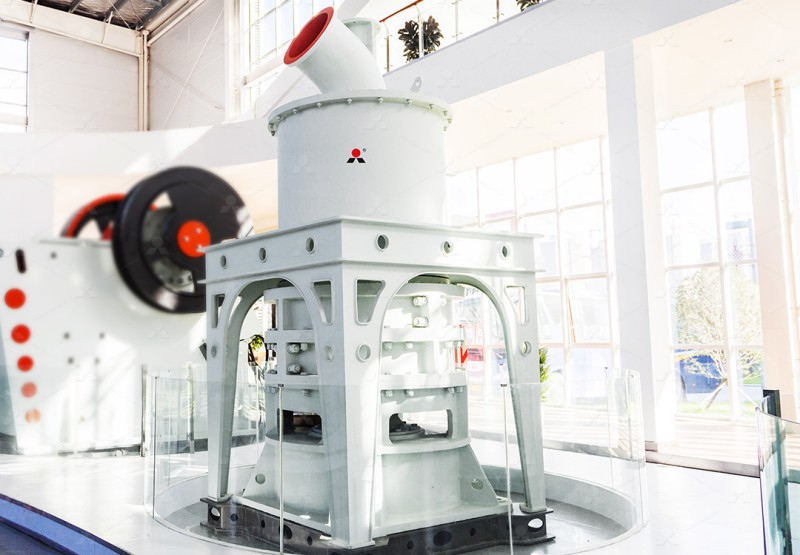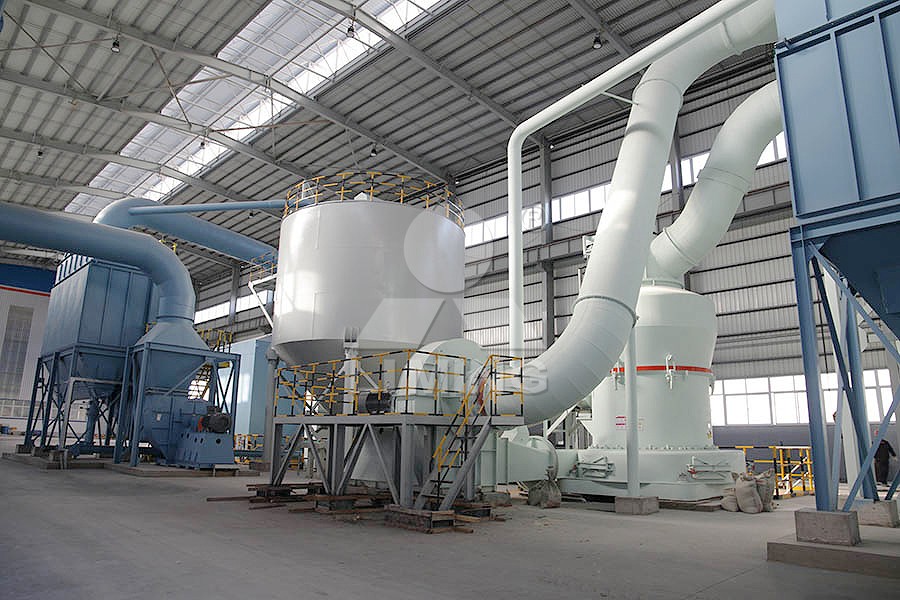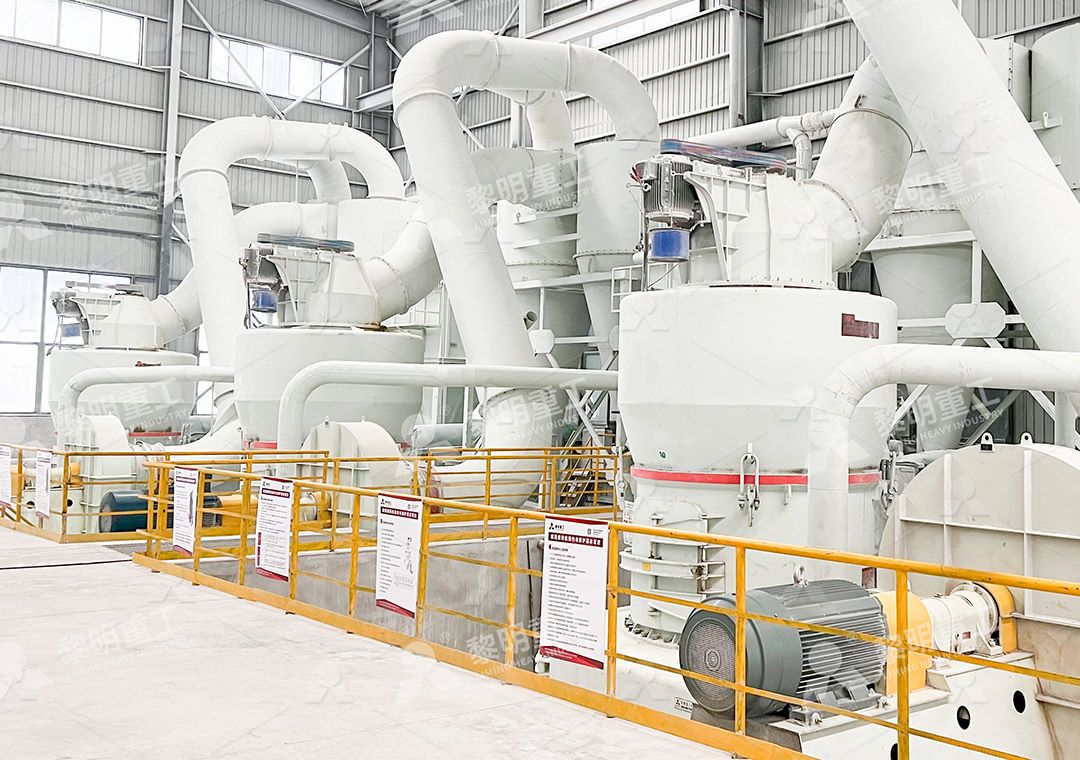Raymond Mill Manufacturers | Top Suppliers for Industrial Grinding Equipment
Raymond Mill Manufacturers | Top Suppliers for Industrial Grinding Equipment
In today’s competitive industrial landscape, selecting the right grinding equipment manufacturer can significantly impact your operational efficiency and bottom line. As industries continue to demand finer powders and more specialized materials processing, manufacturers must evolve beyond traditional Raymond mill designs to meet these sophisticated requirements.
The grinding equipment market has witnessed remarkable technological advancements over the past decade. While conventional Raymond mills served as workhorses for decades, modern operations now require more specialized solutions capable of handling diverse materials with precision and efficiency.
Evolution of Grinding Technology
Traditional grinding equipment, while reliable, often struggled with energy efficiency and environmental compliance. Contemporary manufacturers have addressed these challenges through innovative engineering and digital integration. The transition from basic Raymond mills to sophisticated vertical and ultrafine grinding systems represents a significant leap forward in processing technology.

Among these advancements, our MW Ultrafine Grinding Mill stands out as a revolutionary solution for operations requiring ultra-fine powder production. With an input size capacity of 0-20 mm and throughput ranging from 0.5 to 25 tons per hour, this system represents the pinnacle of grinding technology. The MW series incorporates German powder separation technology, allowing fineness adjustment between 325-2500 meshes with remarkable precision. What truly sets this equipment apart is its innovative design that eliminates rolling bearings and screws within the grinding chamber, significantly reducing maintenance concerns and potential machine damage.
Key Considerations When Selecting Grinding Equipment
Professional buyers should evaluate several critical factors beyond basic specifications. Energy consumption remains a primary concern, with modern equipment offering 30-50% reduction compared to traditional systems. The MW Ultrafine Grinding Mill exemplifies this efficiency, consuming only 30% of the energy required by jet grinding mills while delivering 40% higher production capacity.
Environmental compliance has become non-negotiable in today’s regulatory landscape. Advanced systems now integrate efficient pulse dust collectors and mufflers that minimize both dust pollution and noise emissions. The fully enclosed design of modern grinding mills ensures operations meet stringent environmental standards without compromising productivity.

Specialized Applications and Material Compatibility
Different industries require specific grinding solutions. The chemical industry, for instance, demands equipment capable of processing materials like limestone, calcite, dolomite, and various coal derivatives with consistent particle size distribution. Similarly, food additive production requires exceptional purity standards that only advanced grinding systems can guarantee.
Our engineering team has developed the MW series specifically to address these diverse requirements. The cage-type powder selector technology ensures precise separation, while the external lubrication system enables continuous 24-hour operation without shutdowns for maintenance.
Technical Innovation in Modern Grinding Systems
The digital revolution has transformed grinding equipment manufacturing. Numerical control machining now guarantees exceptional precision in core components, while PLC systems allow precise control over grinding pressure and rotational speed. These advancements translate to consistent product quality and operational reliability.
Another significant innovation in our MW Ultrafine Grinding Mill is the multi-head cage-type powder selector, which can be configured according to specific production requirements for yield, fineness, and sieving rate. This flexibility ensures optimal performance across various applications and material types.

Future Trends in Grinding Technology
The grinding equipment industry continues to evolve toward greater automation, energy efficiency, and environmental sustainability. Manufacturers who invest in research and development consistently deliver improvements in processing efficiency and operational cost reduction. The integration of IoT technology and predictive maintenance capabilities represents the next frontier in grinding equipment evolution.
Frequently Asked Questions
What maintenance advantages does the MW Ultrafine Grinding Mill offer?
The absence of rolling bearings and screws in the grinding chamber eliminates common failure points. The external lubrication system allows maintenance without production stoppages, significantly reducing downtime.
How does the energy consumption compare to traditional grinding mills?
The MW series consumes approximately 30% of the energy required by jet grinding mills and 40-50% less than traditional ball mills while delivering higher production capacity.
What materials can be processed using modern ultrafine grinding systems?
These systems handle diverse materials including limestone, calcite, dolomite, petroleum coal, gypsum, barite, marble, talc, and various chemical industry materials including those for food additives and pharmaceuticals.
How does the powder selection system ensure consistent fineness?
The German-designed cage-type powder selector provides precise separation control, allowing fineness adjustment between 325-2500 meshes with screening rates achieving d97≤5μm in a single pass.
What environmental features are incorporated into modern grinding equipment?
Advanced systems include efficient pulse dust collectors, silencers, noise elimination rooms, and fully enclosed designs that operate under negative pressure to prevent dust emissions, ensuring compliance with environmental standards.
